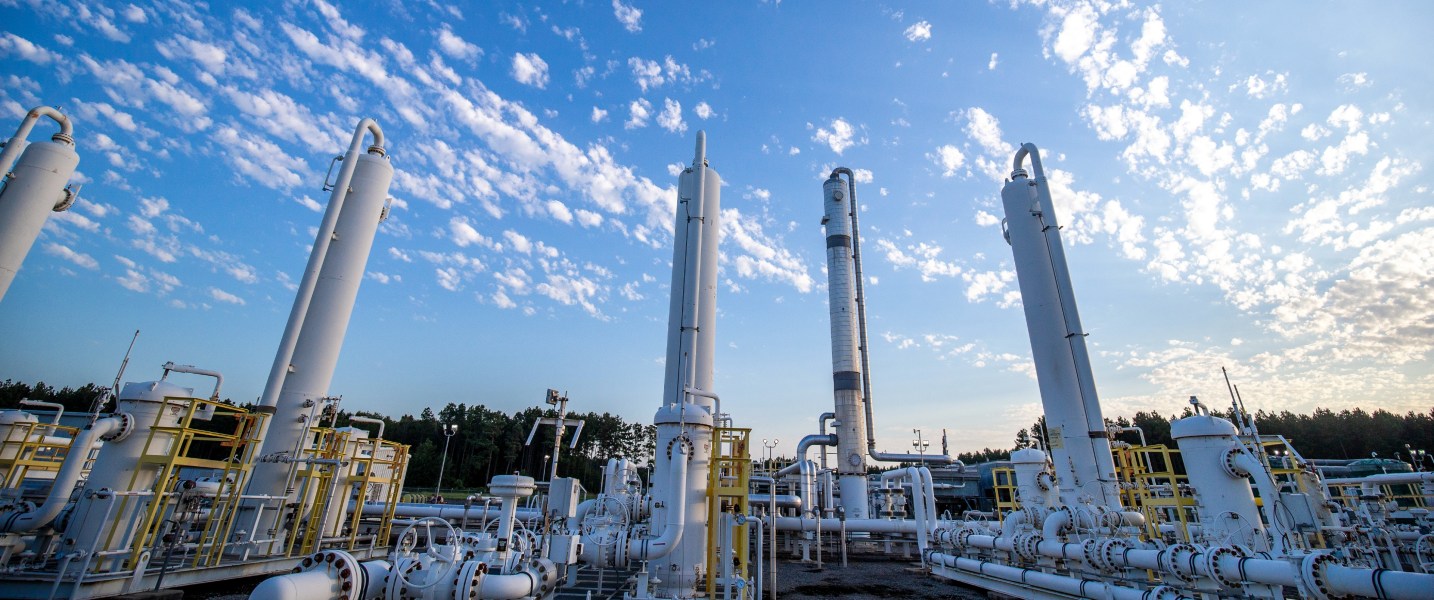Natural gas has a vital role to play in delivering the energy of both today and tomorrow. Our existing energy infrastructure integrates a reliable network with a massive storage solution, while enabling the next generation of clean energy technologies.
According to Columbia University’s Center on Global Energy Policy, “The United States will need to make large investments in new infrastructure in order to transition to a net-zero economy, a process that will face challenges from long lead times due in part to financing and permitting issues. Utilizing the nation’s existing and proven natural gas pipeline system could be a low-cost part of a zero-carbon energy solution within the time frame outlined in the Paris Agreement.”
The center’s new study supports investing in the U.S. natural gas pipeline system to make use of the infrastructure already in place and speed up the journey to a low-carbon future.
This is not a choice between natural gas and electrification or between fossil fuels and zero-carbon fuels, say the study’s authors. The natural gas grid is a way to enable increasingly low-carbon molecules to be transported.
Over the next one to two decades, the existing system can be retrofitted to be compatible with low- and zero-carbon fuels (e.g., hydrogen blends) while significant carbon capture and sequestration capacity can be added to existing natural gas-fired power plants and industries.
Already, the pipeline system is used to transport biogas into renewable natural gas.
The authors note there is no quick replacement for gas in the U.S. energy mix.
Natural gas currently provides a huge volume of energy that can be stored for long durations. The nation is likely to require natural gas in its energy mix for decades to come.
